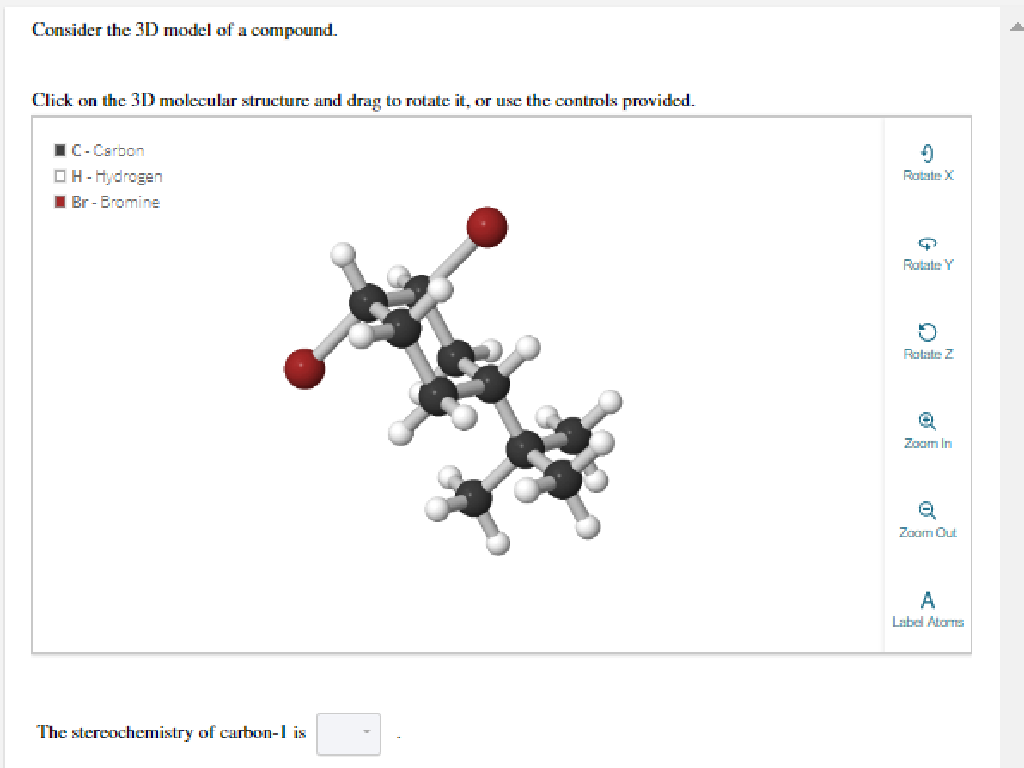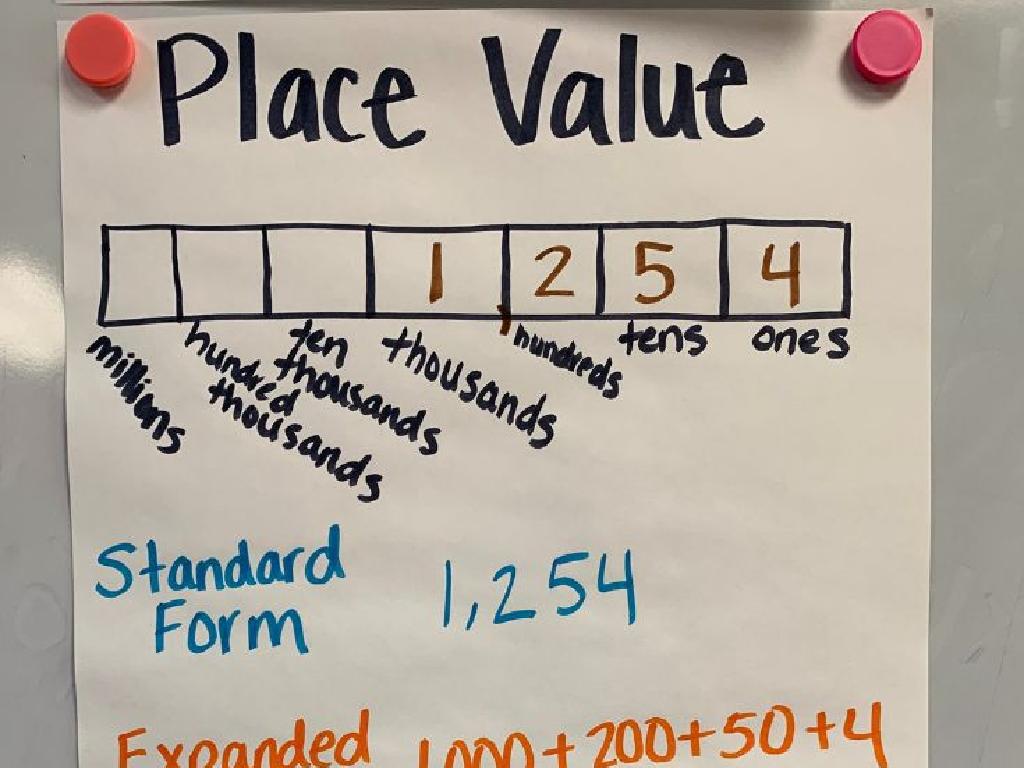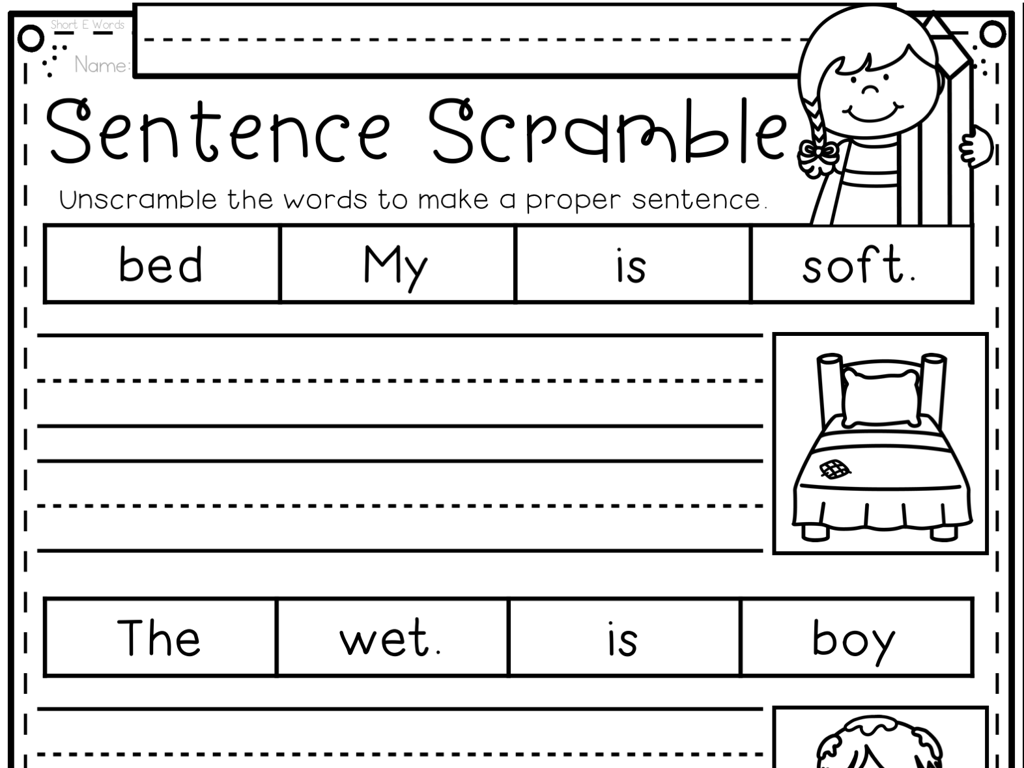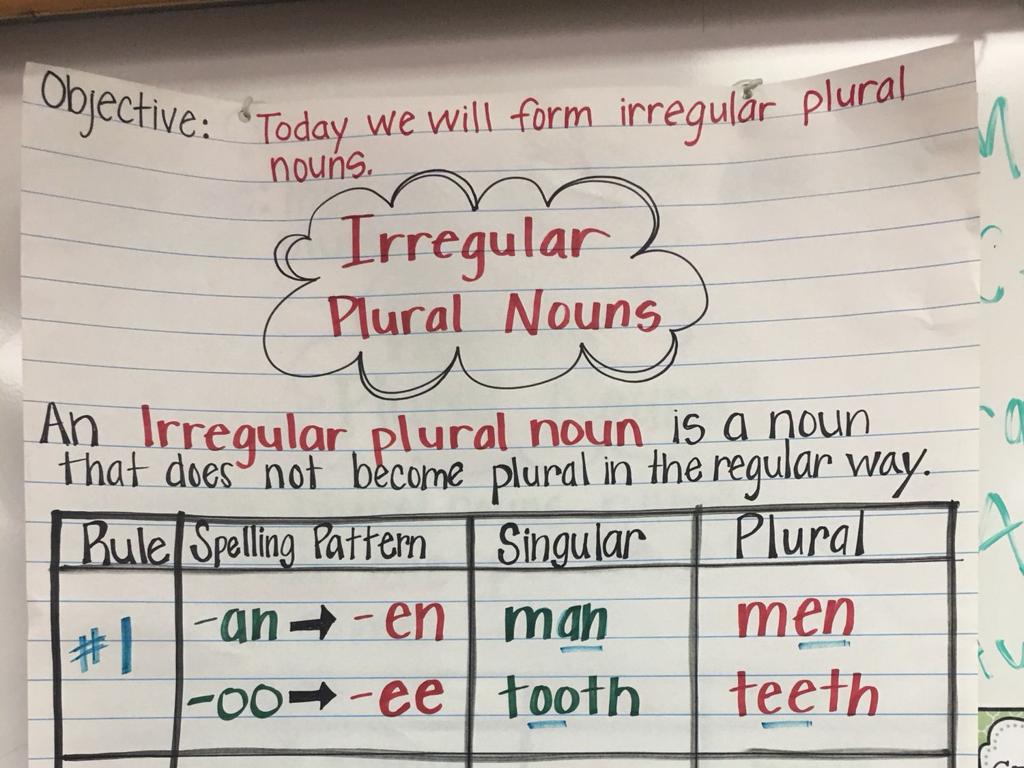Solve Equations Using Properties
Subject: Math
Grade: Seventh grade
Topic: One-Variable Equations
Please LOG IN to download the presentation. Access is available to registered users only.
View More Content
Introduction to One-Variable Equations
– Define one-variable equations
– An equation with one variable, e.g., x + 5 = 12
– Significance of solving equations
– Solving equations is crucial for math proficiency and problem-solving
– Review variables and constants
– Variables represent unknowns, constants are fixed values
– Application in real-life scenarios
– Use in budgeting, cooking, or construction
|
This slide introduces the concept of one-variable equations, which are the foundation of algebra. Emphasize the importance of understanding how to solve these equations as they are not only essential for academic success in mathematics but also for solving everyday problems. A quick review of variables as placeholders for unknown values and constants as fixed numbers will help students recall prior knowledge. Highlight real-life applications such as budgeting money, adjusting recipes, or calculating materials needed for a project to make the concept more relatable and engaging for seventh graders. Encourage students to think of other areas where solving equations might be useful in their lives.
Properties of Equality in One-Variable Equations
– Understanding Equality Properties
– Addition Property Explained
– If you add the same number to both sides of an equation, it remains balanced.
– Subtraction Property Explained
– Subtracting the same number from both sides keeps the equation equal.
– Multiplication & Division Properties
– Multiplying or dividing both sides by the same number does not change the equality.
|
This slide introduces the Properties of Equality, which are fundamental in solving one-variable equations. The properties ensure that what you do to one side of the equation, you must also do to the other to maintain balance. The Addition Property states that adding equal values to both sides of an equation will keep the sides equal. Similarly, the Subtraction Property allows us to subtract equal values from both sides without affecting the equation’s balance. Multiplication and Division Properties follow the same logic; you can multiply or divide both sides of an equation by the same nonzero number, and the sides will remain equal. These properties are the backbone of algebraic manipulation, allowing students to isolate variables and solve equations. Encourage students to practice these properties with various equations to become comfortable with the concept of maintaining balance while solving.
Solving Equations: Addition & Subtraction
– Isolate the variable in equations
– Get the variable ‘x’ by itself on one side of the equation
– Example: x + 5 = 12
– Subtract 5 from both sides to find x = 7
– Activity: Solve x – 3 = 7
– Add 3 to both sides to find x = 10
|
This slide introduces the concept of using addition and subtraction properties to solve one-variable equations. Start by explaining the goal of isolating the variable on one side of the equation. Use the example x + 5 = 12 to demonstrate subtracting 5 from both sides to solve for x. For the class activity, guide students to solve x – 3 = 7 by adding 3 to both sides. Encourage students to work through the activity individually and then discuss the solution as a class. Provide additional similar equations for students who finish early or need extra practice. This activity helps reinforce their understanding of the properties of equality and prepares them for more complex equations.
Solving Equations: Multiplication & Division
– Use multiplication to isolate variables
– Divide both sides to find the variable
– Example: Solve 4x = 20
– Divide both sides by 4 to find x: x = 20 / 4
– Activity: Solve 15 = 3y
– Divide both sides by 3 to find y: y = 15 / 3
|
This slide introduces the multiplication and division properties used to solve one-variable equations. Start by explaining when to use multiplication or division: multiplication when dividing the variable, and division when the variable is multiplied by a coefficient. Show the example 4x = 20 and solve it by dividing both sides by 4 to isolate x, resulting in x = 5. For the class activity, have students apply the same principle to solve 15 = 3y by dividing both sides by 3 to find y = 5. Encourage students to work through the activity individually and then discuss the solution as a class. Provide additional similar equations for students to practice these properties.
Combining Properties to Solve Equations
– Use multiple properties in steps
– Example: 2(x + 3) = 14
– First, apply distributive property: 2*x + 2*3 = 14
– Guided practice problem
– Solve 2x + 6 = 14 together in class
– Discuss solution strategies
– Explore different methods to isolate x
|
This slide is aimed at teaching students how to apply different properties of equality and operations to solve one-variable equations. Start by explaining that complex equations can be solved by breaking them down into simpler steps using properties such as the distributive property, combining like terms, and inverse operations. Use the example 2(x + 3) = 14 to demonstrate the distributive property followed by subtracting 6 from both sides and then dividing by 2 to isolate x. During guided practice, provide a similar problem and solve it step-by-step with the class, ensuring to engage students by asking them what the next step should be. Encourage students to explain their reasoning and discuss alternative approaches to solving the equation.
Equation Solving Practice
– Individual task: 5x + 10 = 35
– Isolate x by subtracting 10 and dividing by 5
– Pair activity: 6(y – 2) = 24
– Distribute 6, then solve for y
– Group challenge: 2a + 3(a – 4) = 17
– Distribute 3, combine like terms, solve for a
– Discuss solutions together
|
This slide is designed to engage students in practicing the properties of solving one-variable equations through individual, pair, and group work. For the individual task, guide students to subtract 10 from both sides and then divide by 5 to isolate x. In pair work, encourage collaboration to distribute 6 into the parentheses and then solve for y. The group challenge requires distributing 3 into the parentheses, combining like terms, and solving for a. After completing the tasks, have students discuss their solution methods and answers. This will reinforce their understanding and allow them to see different approaches to solving equations.
Class Activity: Equation Relay
– Form small groups for the relay
– Each member solves one step
– Pass the equation to the next person
– First group to finish wins
|
This activity is designed to encourage teamwork and understanding of solving equations step-by-step. Divide the class into small groups, each with an equation to solve. One student starts by solving the first step of the equation, then passes it to the next group member to solve the following step, and so on. This continues until the equation is completely solved. The first group to solve their equation correctly wins. Make sure to prepare different sets of equations for each group to ensure fairness. Monitor the activity to ensure that each student participates and understands the process. After the activity, discuss the different strategies used by each group to solve the equations.
Equation Solving Mastery & Homework
– Recap equation-solving properties
– Emphasize practice importance
– Regular practice leads to better understanding and retention
– Homework for skill reinforcement
– Solve additional problems to apply learned properties
– Be prepared to review next class
|
This slide concludes our lesson on solving one-variable equations using properties such as the distributive property, combining like terms, and the properties of equality. Emphasize to students the importance of practice in mastering these concepts. Assign a set of problems as homework to reinforce their skills. Ensure students understand that they should attempt each problem using the properties discussed in class. Remind them to show all their work step by step for each problem. In the next class, we will review the homework, address any difficulties, and ensure that everyone is confident in solving equations using these properties.






